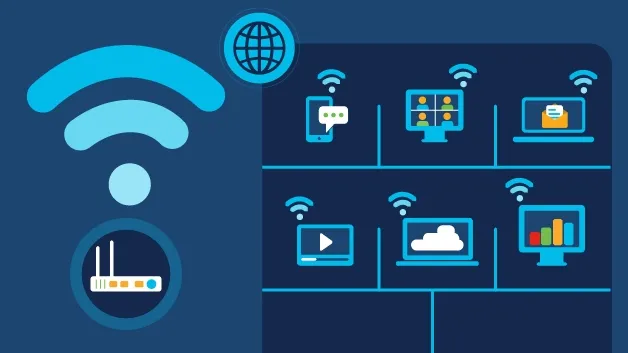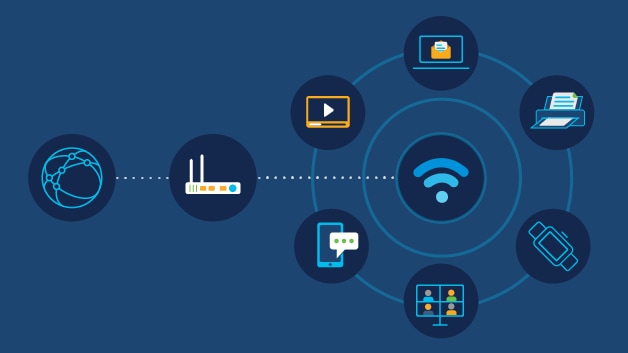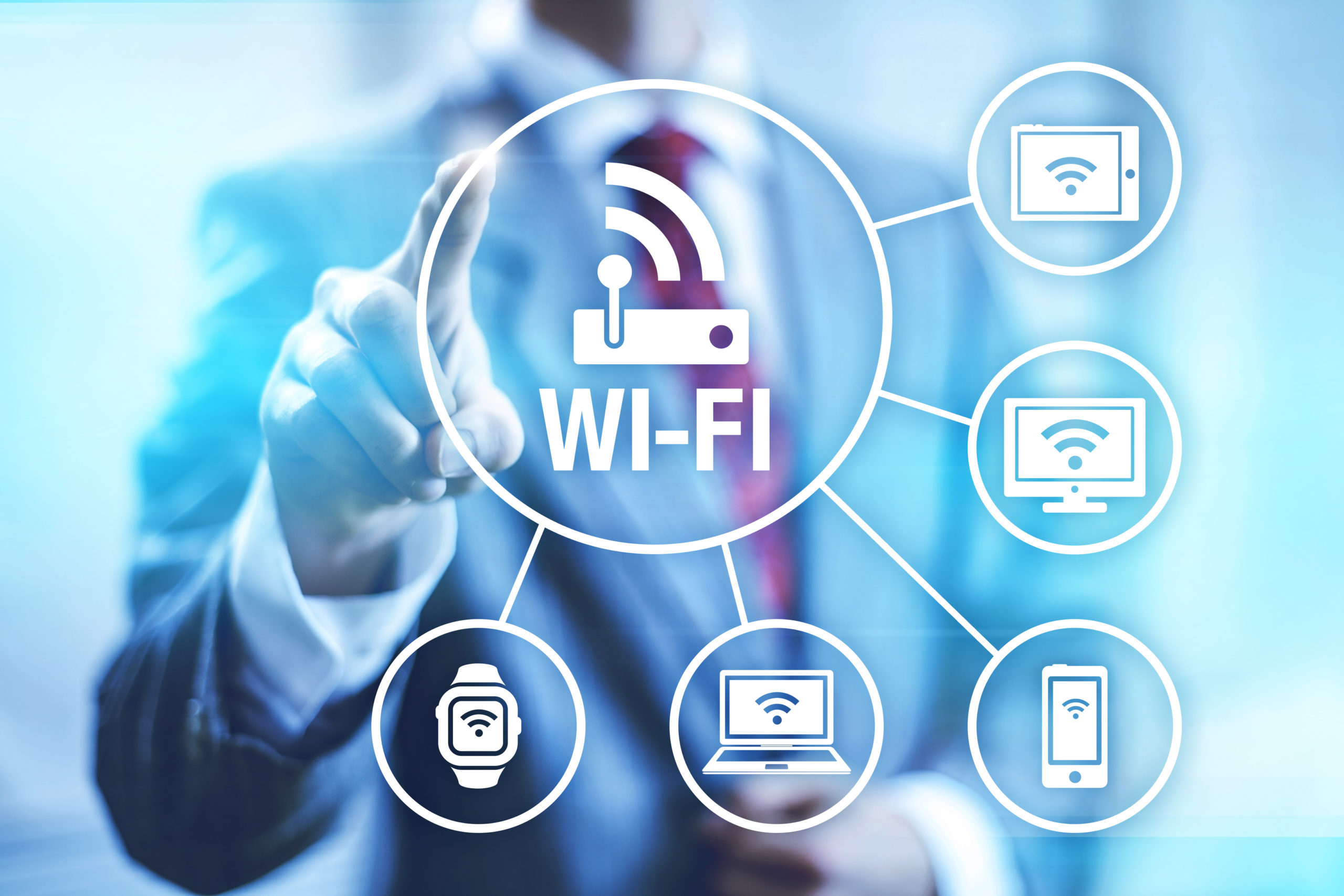The Evolution of Wi-Fi: Connectivity at the Heart of Modern Life...!!!
Wi-Fi networks have transformed the way we connect, work, learn, and entertain ourselves. Their convenience, mobility, and flexibility have made them an essential part of modern life.

Wi-Fi networks have become an integral part of modern life, providing wireless connectivity that enables a wide range of devices to communicate with each other and access the internet without physical connections. Wi-Fi, which stands for "Wireless Fidelity," uses radio waves to transmit data between devices, creating a network that is both flexible and convenient. Here, we explore the basics of Wi-Fi networks, their uses, and their impact on daily life.
Understanding Wi-Fi Networks
Wi-Fi networks operate using radio frequency (RF) signals, typically in the 2.4 GHz and 5 GHz bands. The network comprises a few key components:
-
Wireless Access Point (WAP): This device connects to a wired network and transmits Wi-Fi signals to create a wireless network. It can be a standalone device or integrated into a router.
-
Router: A router directs data traffic between devices within the network and manages the connection to the internet. Many modern routers have built-in WAPs.
-
Wireless Network Interface Card (WNIC): Found in devices like laptops, smartphones, and tablets, the WNIC enables these devices to connect to Wi-Fi networks.

Uses of Wi-Fi Networks
Wi-Fi networks have numerous applications, revolutionizing how we interact with technology and the world around us. Here are some key uses:
-
Internet Access: Wi-Fi provides internet access without the need for wired connections. It allows multiple devices to connect to the internet simultaneously, facilitating seamless browsing, streaming, and online communication.
-
Home Networks: In homes, Wi-Fi networks connect devices like computers, smartphones, tablets, smart TVs, and gaming consoles. This connectivity enables activities such as streaming movies, online gaming, video conferencing, and smart home automation.
-
Education: Wi-Fi has transformed the education sector by providing students and teachers with access to online resources, virtual classrooms, and collaborative tools. It supports e-learning, research, and communication, making education more accessible and interactive.
-
Business: In the business world, Wi-Fi networks enable wireless communication and collaboration among employees. They support activities like video conferencing, cloud computing, remote work, and access to shared resources, enhancing productivity and efficiency.
-
Public Spaces: Wi-Fi networks are commonly found in public spaces like airports, cafes, libraries, and parks. Public Wi-Fi provides internet access to visitors, enabling them to stay connected while on the go.
-
Healthcare: In healthcare settings, Wi-Fi networks support the use of electronic health records (EHRs), telemedicine, and remote monitoring devices. They enhance patient care by enabling real-time communication and access to critical information.
-
Retail: Retailers use Wi-Fi networks to support point-of-sale (POS) systems, inventory management, and customer engagement through mobile apps and in-store Wi-Fi.
-
Entertainment: Wi-Fi networks enable seamless streaming of music, movies, and TV shows. They also support online gaming and the use of smart home devices like speakers and security cameras.

Advantages of Wi-Fi Networks
Wi-Fi networks offer several advantages that contribute to their widespread adoption:
-
Convenience: Wi-Fi eliminates the need for physical cables, allowing devices to connect wirelessly. This convenience makes it easy to set up and expand networks without the hassle of wiring.
-
Mobility: Wi-Fi enables mobility, allowing users to move freely within the coverage area while maintaining a connection. This is especially beneficial in homes, offices, and public spaces.
-
Scalability: Wi-Fi networks can be easily scaled to accommodate additional devices. As the number of connected devices grows, the network can be expanded to ensure adequate coverage and performance.
-
Cost-Effectiveness: Setting up a Wi-Fi network is generally more cost-effective than deploying a wired network, as it reduces the need for extensive cabling and infrastructure.
-
Flexibility: Wi-Fi networks provide the flexibility to connect a wide range of devices, from laptops and smartphones to smart home gadgets and IoT devices.
Challenges and Security Considerations
While Wi-Fi networks offer numerous benefits, they also come with challenges and security considerations:
-
Interference: Wi-Fi signals can be affected by interference from other electronic devices and physical obstacles, leading to connectivity issues and reduced performance.
-
Security: Wi-Fi networks are vulnerable to security threats such as hacking, unauthorized access, and data breaches. It is essential to implement strong security measures, including encryption, firewalls, and secure passwords.
-
Bandwidth Limitations: The performance of a Wi-Fi network can be affected by the number of connected devices and the demand for bandwidth-intensive activities like streaming and gaming.
Wi-Fi networks have transformed the way we connect, work, learn, and entertain ourselves. Their convenience, mobility, and flexibility have made them an essential part of modern life. However, it is important to address security challenges and optimize performance to fully leverage the benefits of Wi-Fi technology. As advancements continue, Wi-Fi networks will play an even more significant role in shaping the future of connectivity.
What's Your Reaction?

















